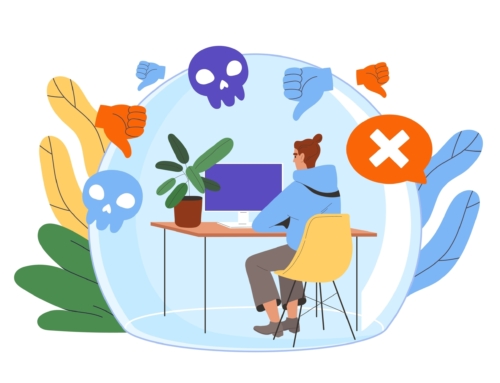While the CEO, manager, supervisor or leader is critical to setting the direction or goals, long term success depends upon a team approach. A poorly performing team breeds competing agendas and turf politics, while an integrated high performing team brings organisation coherence and focus. A good team begins with a collection of strong and talented individuals, but only those teams which commit themselves to building a coherent unit around a shared purpose succeed in achieving peak performance.
The most effective teams focus on working together and getting early results as a consequence of their collective effort. They consistently reflect on the manner in which they achieved, so as to discover how to function as a high performing team.
Becoming a top performing team must be one of the team’s goals.
To meet that goal teams, have to master three dimensions of performance.
- First, they require a common direction, a shared understanding of goals and values.
- Second, interaction skills are critical if the team is to go beyond individual expertise to solve complex problems and if they are to serve as role models for other high-performance teams in the organisation. Other leaders will take their cues from the top team.
- Finally, they must be able to learn together and expand their capabilities in response to change. These three dimensions are interdependent and must be developed simultaneously.
There are a number of barriers to be overcome to enable the people to function as a team around the high-performance drivers of direction, reflection and renewal. This can be accomplished by a skillful facilitator or leaders who observes the team and reflects back his perceptions of their development as a team.
Some of the barriers to be overcome include:
- Lack of alignment where the team agrees on the vision but lacks a shared view of how to implement it.
- Lack of in depth understanding which shows up when subsequent actions are inconsistent with prior decisions
- Lack of strategic focus where team members spend more time on firefighting and micro-managing than on doing the work only, they should do
While senior managers pay lip service to interaction skills, they often promote a working style that inhibits communication.
Issues to be dealt with include:
- Poor dialogue where members withhold vital information, suppress critical opinions and accept questionable strategies out of fear of retaliation.
- Dysfunctional practices borne of internal competition, such as demeaning others viewpoints or discounting their input. Such behaviour creates defensiveness and inhibits contribution or capitalizing on diverse perspectives and experience.
- There will usually be few options and little consideration of renewal for the top team. Barriers to overcome are:
- Fear of climbing out of their functional box where they have excelled and learning about broad strategic issues and other functional areas.
- Ignoring new sources of insight, information and expertise that could push members out of their comfort zone.
- Insularity in not paying attention to what is happening outside the company or industry that could be a source of new practices and insights
- Unwillingness to learn new skills for fear of exposing themselves to embarrassment or failure.
A team will always achieve more than the sum of the individuals, however, throwing a group of people together does not result in a team in anything but name. Like any relationship, teams need to be built with ground rules, discipline, values, focus, understanding, EQ and objectives. Great teams can be built and will perform outstanding results as a result of the effort of leadership and the individuals.














Dr Susan Roberts says: